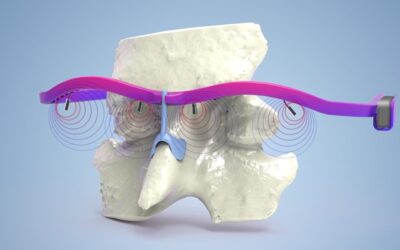Molecular imprinting is commonly used to produce materials with “molecular memory”. This is commonly achieved through the polymerization of functional monomers. The resulting polymers have a wide range of possible applications but the imprinting methods have until now been faced with technical challenges.
A group of Hungarian researchers has proposed a new and versatile approach of forming materials with selective recognition for proteins, based on nanosphere lithography. A key advantage of the proposed method is the potential of controlling the property of the binding sites on the surface-imprinted polymer by adjusting the orientation and chemical environment of the proteins on the nanosphere surface.
Bognár and coworkers start by depositing a protein layer onto a surface of gold coated quartz crystals. A polymer film is then electrosynthesized around them with thickness on the order of the bead radius. The removal of the polymer bead-protein conjugates results in a 2D array of periodic complementary size cavities. Subsequent nanogravimetric measurements demonstrate that the imprinting proceeds further at molecular level, i.e., coating of the beads generates selective recognition sites for the protein on the surface of the polymer film.















